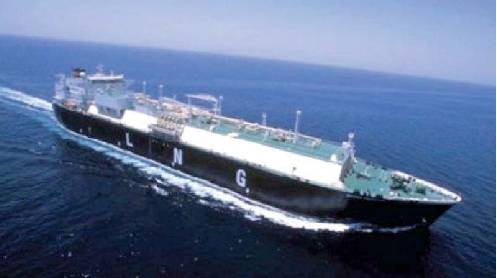ISLAMABAD: The diversion of Re-gasified Liquefied Natural Gas (RLNG) to the domestic sector has surged to 450 million cubic feet per day (mmcfd) in January 2025, up from 250 mmcfd in December 2024, within Sui Northern’s jurisdiction. This increase significantly exacerbates the circular debt in the gas sector.
The current domestic gas tariff averages Rs1,250 per MMBTU, while the RLNG tariff is Rs3,600 per MMBTU, creating a loss delta of Rs2,350 per MMBTU. A senior Petroleum Division official estimates the diversion loss from November 2024 to March 2025 at over Rs200 billion, further adding to the gas circular debt. Addressing this through revenue requirements could lead to sharp increases in gas tariffs.
Escalating Demand and Diversion Impact
Domestic demand has climbed to 950 mmcfd, with 450 mmcfd supplied to domestic consumers in January, compared to 250 mmcfd in December.
February 2025 is expected to see reduced domestic demand, lowering RLNG diversion levels.
The domestic sector is currently the largest RLNG consumer in SNGPL’s jurisdiction, receiving 450 mmcfd compared to 352 mmcfd for the power sector and 200 mmcfd for export and non-export industries.
The Rs260 billion cost of RLNG diversion to the domestic sector from FY19 to October 2023 remains unrecovered, contributing to the Rs2.7 trillion gas sector circular debt. Of this, Rs1 trillion is attributed to a decade-long freeze on gas price hikes.
Challenges in LNG Payment Cycles
LNG cargo payments are due within 10 days of offloading, but delays in billing and recovery extend the process to 50-60 days, overlapping payments for six cargoes. To address this, the government aims to:
Cap RLNG diversion limits to the domestic sector.
Improve bill recovery efficiency.
Encourage gas companies to secure working capital loans to bridge payment gaps.
Ogra, in its latest determination, has allowed Sui Northern to charge consumers Rs8.54 billion in FY25 to cover financing costs and sustain the RLNG supply chain.
The growing reliance on RLNG for domestic needs underscores the urgent need for structural reforms to curb mounting losses and stabilize the gas sector.
Story by Khalid Mustafa








